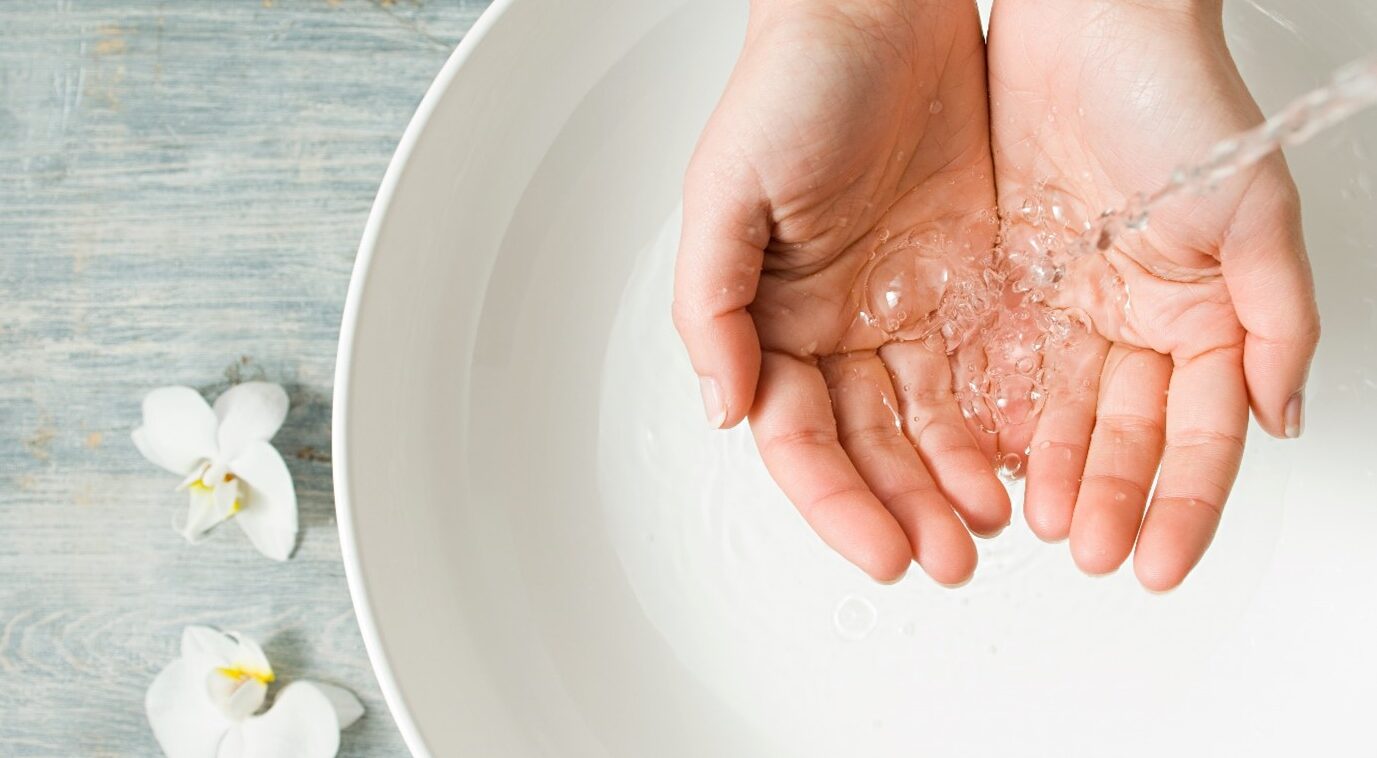Water is a precious resource, and with climate change leading to hotter summers and less rainfall, water efficiency is becoming increasingly important. Sustainable water usage in our homes is key, and data from regulators like Ofwat can help us understand which regions are performing well and which need to improve.
Ofwat data
The chart below shows recent data from Ofwat. The data is split by water company, and the one most relevant to Stroud is Severn Trent. That is about as granular as we can get and it shows that we are 4th best for water efficiency in the UK. The unit of measurement used for this comparison is “litres per person per day” (lpd). But, we cannot rest on our laurels. A key takeaway from the data is that all regions are currently performing worse than the long-term English target of 110 lpd. This target was set with future climate and population changes in mind.

Here are some points to consider:
- The data for Scottish Water efficiency is not clear, as their website has two different figures. The larger of the two was used for the comparison.
- There is no current water efficiency target for Scotland or Wales.
- The regulator for Welsh social landlords has started to include water efficiency in its housing quality standard. Similarly, the equivalent housing quality standard in England is under consultation, with water efficiency being a part of the discussion.
Ofwat data
At a household level, you can consider installing water efficient taps and showers. Severn Trent don’t offer free water saving things anymore, but you can still buy them relatively cheaply from other places. When looking at water efficiency it is useful to know that the average usage for metered properties is 122 lpd, but for unmetered homes it is 171 lpd.
Some tips
- Get a water meter, there is no cost to you and you may even save money as well as water. Severn Trent say “You can trial a water meter for one year. If you feel like a water meter isn’t right for you during that time, you can switch back to unmetered billing.” Here’s an estimator to see if you would be financially better off on a meter or not. It’s a bit more involved than previous versions “water calculator”. And you can always ask Severn Trent directly for a comparison.
- Showers – measure the flow rate of your shower using a jug and stopwatch – if it is more than 8 litres per minute get an aerated shower head – easy to install and as well as saving water, you save energy bills from reducing hot water usage. I found that there is less steam in the bathroom after a shower. Sadly aerators don’t work on rainfall type shower heads but Hans Grohe do a Pulsify range – they are pricey and maybe a little too low a flow for people with long hair.
- Taps – measure the flow rate of water taps on hand wash basins – if it’s more than 5 litres per minute consider installing aerated tap inserts. On hot water taps these save money as well as water. Don’t bother on kitchen taps as we tend to use kitchen taps by volume.
- Bath – if you bathe your kids in the bath, you can get great inflatable bath water displacement toys. “BathBuoy Pirates’ Island” is one example.
- Showers again – a special egg timer in the shower can help reduce shower times.
- Toilets – if you have a large cistern consider (e.g. not dual flush or bigger than 6 litres) then pop a “cistern water displacement bag” in and save water and money with each flush.
- Install and use a water butt in your garden.
- If you are planning a kitchen or bathroom renovation specify water efficient fittings. Here’s a list of suggested specifications: WC 4/2.6 litres dual flush, Shower 8 l/min, Bath 170 litres, Basin taps 5 l/min, Sink taps 6 l/min, Water meter.
We hope you find this useful. If you know of any plumbers, kitchen installers or bathroom installers that would be interested in sponsoring posts like this or donating to Transition Stroud, please put them in touch.

